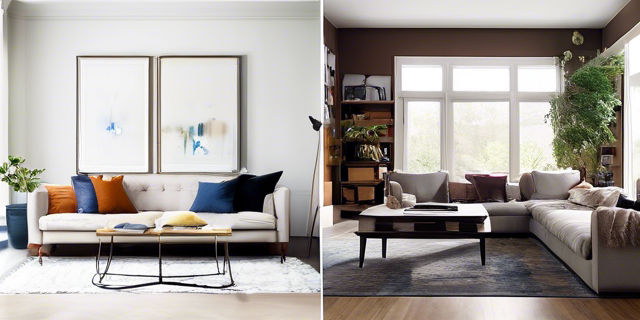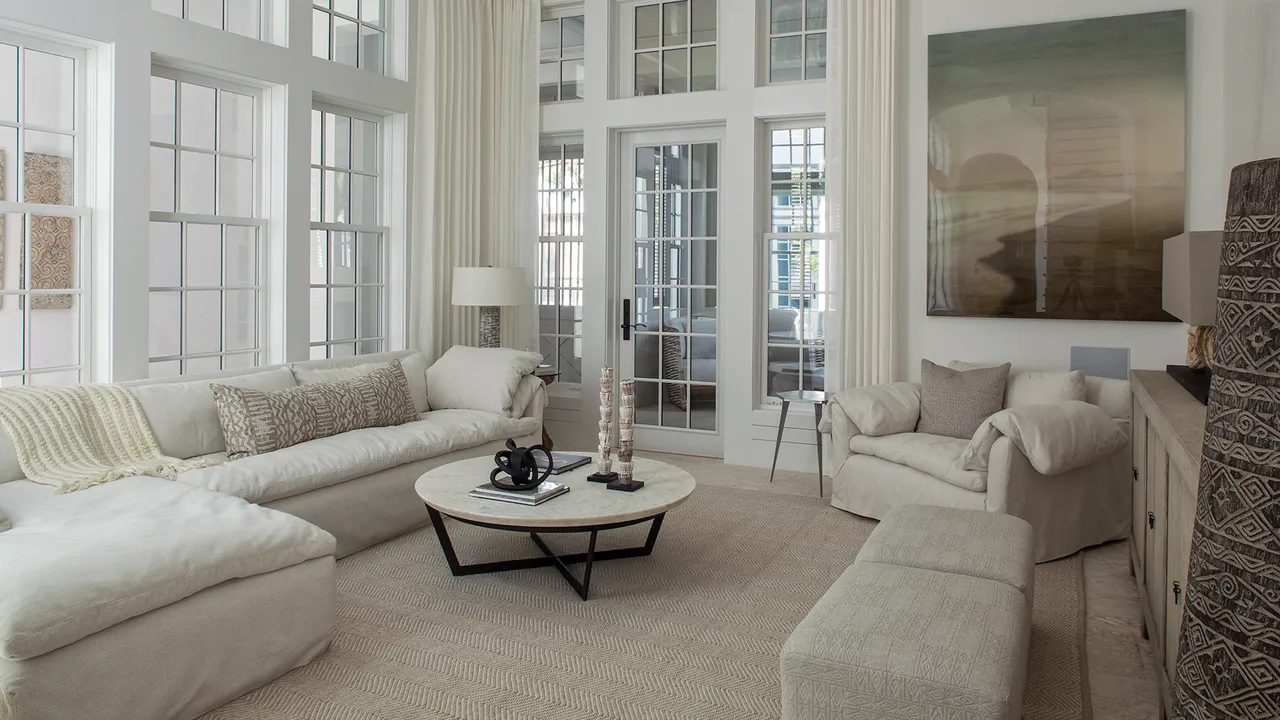In the ever-evolving realm of interior design, two terms often intermingle, causing confusion among homeowners and enthusiasts alike – contemporary and modern interior design. While these terms may seem interchangeable, they carry distinct characteristics that define their unique styles. Let’s embark on a journey to unravel the nuances and discover the key disparities between contemporary and modern interior design.
Contemporary Interior Design: Embracing the Present
Contemporary interior design encapsulates the essence of the present moment. It’s a dynamic and ever-changing style that borrows elements from various eras, making it a fluid and eclectic approach to decorating spaces. The primary focus of contemporary design is on what is “in” right now, allowing for a seamless integration of the latest trends, materials, and technologies.
Characteristics of Contemporary Interior Design:
- Clean Lines and Sleek Surfaces:
Contemporary spaces are characterized by clean, straight lines and smooth surfaces. Furniture and decor often showcase sleek profiles, promoting a sense of simplicity and sophistication. - Neutral Color Palette:
A neutral color palette with occasional pops of bold colors defines contemporary design. The emphasis is on creating a calm and serene atmosphere, allowing furniture and artwork to take center stage. - Open and Airy Spaces:
Contemporary interiors often embrace open floor plans, fostering a sense of spaciousness and fluidity. Large windows and minimalistic window treatments maximize natural light, contributing to the overall airy feel. - Innovative Materials:
Materials such as glass, metal, and concrete are commonly used in contemporary design. The focus is on embracing innovative materials that reflect the advancements of the current era.
Modern Interior Design: Timeless Elegance with a Historical Touch
In contrast, modern interior design refers to a specific period – the modernist movement that emerged in the early to mid-20th century. Rooted in the principles of minimalism, functionality, and a rejection of ornate details, modern design showcases a timeless elegance that transcends changing trends.
Characteristics of Modern Interior Design:
- Clean Lines and Functionality:
Similar to contemporary design, modern interiors feature clean lines. However, modern design places a strong emphasis on functionality, with furniture and decor serving a purpose beyond aesthetics. - Neutral Color Palette with Accents:
A neutral color palette is common in modern design, but it often incorporates bold accent colors. These accents add visual interest and break the monotony, contributing to a balanced and harmonious look. - Open Spaces and Minimalist Approach:
Modern interiors embrace the concept of “less is more.” Clutter is minimized, and the focus is on creating uncluttered, open spaces that prioritize functionality without sacrificing style. - Iconic Furniture Pieces:
Modern design is renowned for iconic furniture pieces from the mid-20th century. Designs by pioneers like Eames, Le Corbusier, and Mies van der Rohe are often incorporated to add a touch of historical significance.
Bridging the Gap:
While contemporary and modern interior design differ in their inspirations and timelines, they share a common ground in their appreciation for minimalism, functionality, and the use of clean lines. In practice, it’s not uncommon to see elements from both styles coexisting harmoniously within a single space.
Must Read – Elevating Workspaces: Exploring the Top Corporate Interior Design Firms
In conclusion, understanding the distinction between contemporary and modern interior design allows homeowners and designers to make informed decisions when transforming living spaces. Whether one is drawn to the ever-evolving trends of contemporary design or the timeless elegance of modern aesthetics, both styles offer endless possibilities for creating a home that reflects personal style and preferences. Embrace the nuances, explore the possibilities, and let your space tell a unique design story that stands the test of time.



